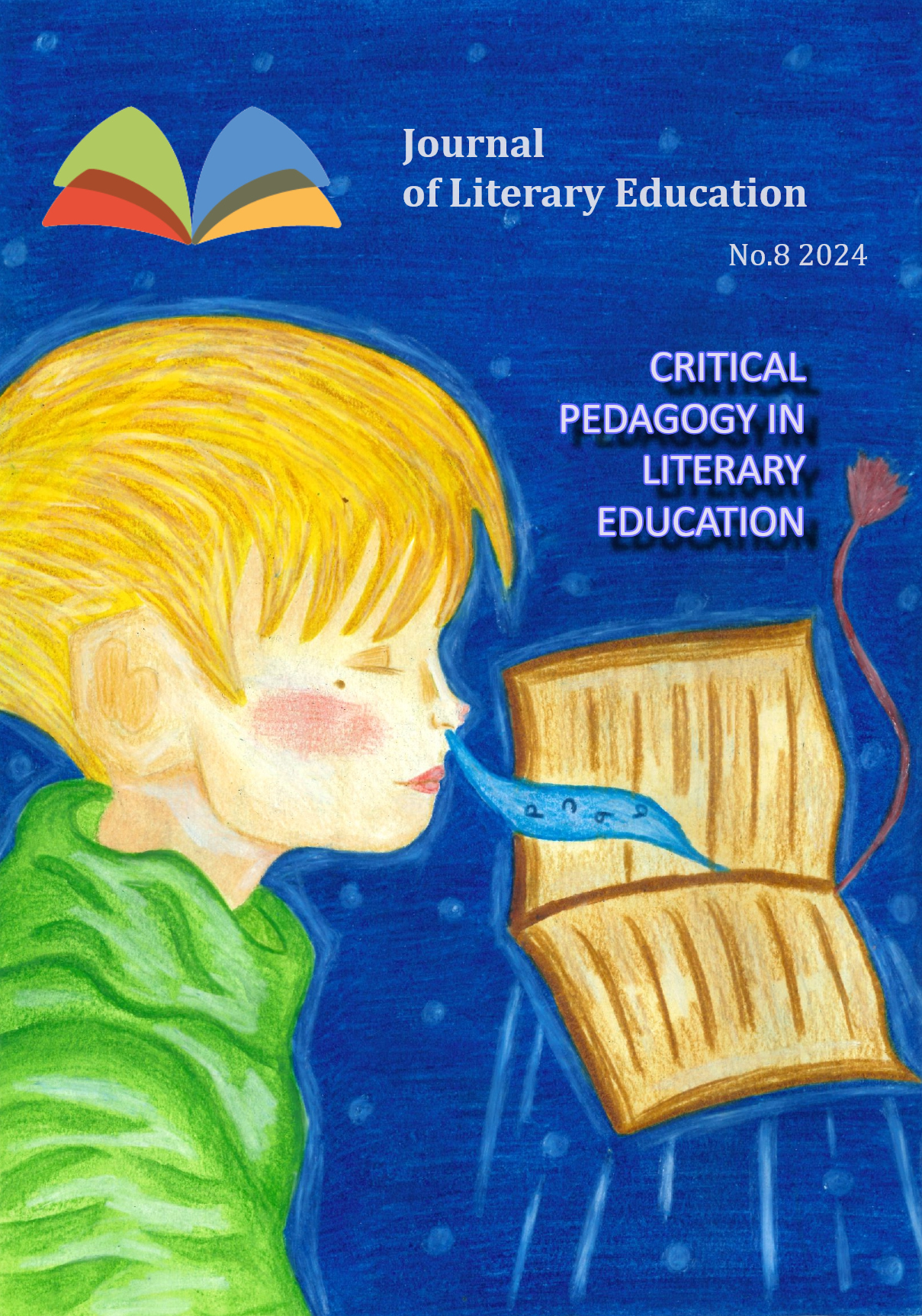The Poetic Language of Emojis: A Methodology for Teaching Poetry
DOI:
https://doi.org/10.7203/JLE.8.28263 Abstract
Abstract
Abstract
This article explores the challenge of engaging students with poetry in a digital age, where traditional literary analysis often feels disconnected from students’ everyday communication practices. To address this, the study introduces an innovative methodology that integrates traditional poetic analysis with emoji-based interpretations, bridging the gap between poetry and digital communication. Focusing on Poemojis by Dante Tercero and a translation exercise of Gabriela Mistral’s poetry into emojis, students explore the polysemic nature of emojis and their ability to convey complex poetic imagery. This approach makes poetry more relatable and accessible while fostering a deeper understanding of core themes such as love, loss, and temporality. Through a reflective autoethnographic lens, this article also examines the effectiveness of this methodology in the classroom, offering a replicable model for educators. Ultimately, the study contributes to the revitalization of poetry education, showing how digital media can enrich literary analysis and engage contemporary students more effectively.
Resumen
Este artículo explora nuevas formas de acercar la poesía a los estudiantes en una era digital, donde el análisis literario tradicional puede parecer distante frente a sus prácticas cotidianas de comunicación. Para enfrentar este desafío, se propone una metodología innovadora que combina el análisis poético tradicional con interpretaciones basadas en emojis, estableciendo un puente entre la poesía y las comunicaciones digitales. A través de Poemojis de Dante Tercero y ejercicios de traducción de la poesía de Gabriela Mistral a emojis, los estudiantes exploran el carácter polisémico de estos símbolos y su capacidad para transmitir imágenes poéticas complejas. Este enfoque no solo hace la poesía más cercana y accesible, sino que también fomenta una comprensión más profunda de temas universales como el amor, la pérdida y el paso del tiempo. Desde una perspectiva autoetnográfica, el artículo evalúa la efectividad de esta metodología en el aula y ofrece un modelo replicable para otros educadores. En última instancia, esta propuesta busca revitalizar la enseñanza de la poesía, demostrando cómo los medios digitales pueden enriquecer el análisis literario y conectar de manera más efectiva con los estudiantes de hoy.
Resum
Aquest article explora el repte de connectar els estudiants amb la poesia en una era digital, en la qual l’anàlisi literària tradicional sovint sembla desconnectada de les pràctiques comunicatives quotidianes dels estudiants. Per abordar aquesta qüestió, l’estudi presenta una metodologia innovadora que integra l’anàlisi poètica tradicional amb interpretacions basades en emojis, creant un pont entre la poesia i la comunicació digital. Centrant-se en els Poemojis de Dante Tercero i un exercici de traducció de la poesia de Gabriela Mistral a emojis, els estudiants exploren la naturalesa polisèmica dels emojis i la seua capacitat per transmetre imatges poètiques complexes. Aquest enfocament fa que la poesia siga més propera i accessible, alhora que fomenta una comprensió més profunda de temes essencials com l’amor, la pèrdua i la temporalitat. Des d’una perspectiva autoetnogràfica reflexiva, aquest article també analitza l’efectivitat d’aquesta metodologia a l’aula, oferint un model replicable per als docents. En última instància, l’estudi contribueix a la revitalització de l’ensenyament de la poesia, demostrant com els mitjans digitals poden enriquir l’anàlisi literària i involucrar els estudiants contemporanis de manera més efectiva.
 Downloads
Downloads
Downloads
Published
-
Abstract0
-
PDF0
Issue
Section
License
Copyright (c) 2025 Alejandro Martinez

This work is licensed under a Creative Commons Attribution-NonCommercial-NoDerivatives 4.0 International License.
![]()
This work is licensed under a Creative Commons Attribution-NonCommercial-NoDerivatives 4.0 International License.
Authors who publish with this journal agree to the following terms: Authors retain copyright and grant the journal right of first publication with the work simultaneously licensed under a Creative Commons Attribution License that allows others to share the work with an acknowledgement of the work's authorship and initial publication in this journal. Authors are able to enter into separate, additional contractual arrangements for the non-exclusive distribution of the journal's published version of the work (e.g., post it to an institutional repository or publish it in a book), with an acknowledgement of its initial publication in this journal. Authors are permitted and encouraged to post their work online (e.g., in institutional repositories or on their website) prior to and during the submission process, as it can lead to productive exchanges, as well as earlier and greater citation of published work (See The Effect of Open Access).



